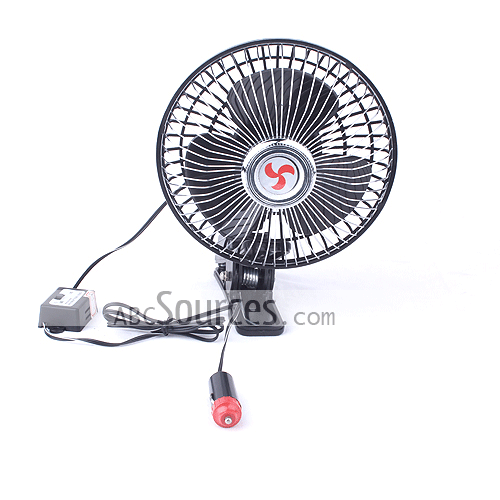How to Choose a Electric Fan
May 14,2013
From: ABC sources
-
Did you know that electric fans can do more than just cool? It's true. Fans circulate the air and keep it in motion, maintaining a fresh breeze that cools as well as keeping humidity levels in check. Fans also add ventilation and prevent the inhalation of dangerous gases and fumes.\r\n\r\n\r\n
 Choosing a ceiling fan is enough to make any homeowner’s head hurt. With so many variables and options, what should you consider when choosing a ceiling fan? Here are my suggestions:\r\n\r\nChoosing the Right Type of Fan\r\nThe only tricky thing about purchasing a fan is finding which style you need. Electric fans come in a range of styles and sizes, but most fans used in home or commercial settings utilize the same basic technology, with axial fans being the most common.\r\n\r\nHow Does an Electric Fan Work?\r\nMost fans used for climate control purposes provide comfort or ventilation via axial flow. These fans have blades that force air to move parallel to the shaft about which the blades rotate and blow across the axis of the fan. Axial fans are used in a variety of applications, from providing personal cooling in portable desk fans to the giant fans commonly found in wind tunnels.\r\n\r\nThe basic components of a typical electric fan include the following:\r\n
Choosing a ceiling fan is enough to make any homeowner’s head hurt. With so many variables and options, what should you consider when choosing a ceiling fan? Here are my suggestions:\r\n\r\nChoosing the Right Type of Fan\r\nThe only tricky thing about purchasing a fan is finding which style you need. Electric fans come in a range of styles and sizes, but most fans used in home or commercial settings utilize the same basic technology, with axial fans being the most common.\r\n\r\nHow Does an Electric Fan Work?\r\nMost fans used for climate control purposes provide comfort or ventilation via axial flow. These fans have blades that force air to move parallel to the shaft about which the blades rotate and blow across the axis of the fan. Axial fans are used in a variety of applications, from providing personal cooling in portable desk fans to the giant fans commonly found in wind tunnels.\r\n\r\nThe basic components of a typical electric fan include the following:\r\n- \r\n
- Base \r\n
- Fan blade \r\n
- Armature and lead wires \r\n
- Motor \r\n
Most fans, however, are rated according to type, size, and number of blades. Four-blade electric fans are the most common, and the materials from which an electric fan's components are made often determine its price.\r\n\r\nLocation is Key\r\nBefore you decide on a certain fan style, first determine where the fan will be placed . If you intend to use the fan in a large bedroom or living room, consider buying an oscillating pedestal fan or a ceiling fan. These fans generally have large blades and are capable of cooling larger rooms.\r\n\r\nHowever, if you need to keep a warehouse or industrial area cool and comfortable, a high velocity commercial or industrial fan would be a better option.\r\n\r\n
\r\nFans in the Home\r\nIf you're only looking to cool down smaller areas or personal spaces, you have several options. Most consumers choose portable fans , table fans , or box fans for this purpose. If you're thinking of using the fan in your bedroom, you may want to buy a quiet tower fan with an LCD display. For living rooms and other areas of your home, depending on the size of the room, you can choose between table or pedestal fans.\r\n\r\nFans in the Workplace\r\nIf you need to keep your workplace cool, you'll probably need an industrial fan . Style-wise, most industrial fans utilize the same technology as standard portable models, and they also come in a range of different styles. However, what makes an industrial fan different from any other portable electric fan is the fact that it's usually larger and can support higher CFMs without the vibrations of a smaller household fan .\r\n\r\nMoreover, an industrial fan tends to have metal blades that are more durable and can move more air at once without putting as much strain on the fan's motor.\r\n\r\nFan Features to Look For\r\nMost fans come with some very useful additional features such as ionizers, multiple speed settings, child-safe grills. The feature you choose will depend on your specific needs. For example, if you young children in your household, a child-safe grille is a must. If you're concerned with airborne particles, look for an electric fan with an ionizer. For cooling a bedroom or living room, definitely look for a fan that's quiet.\r\n\r\n
Related Articles
